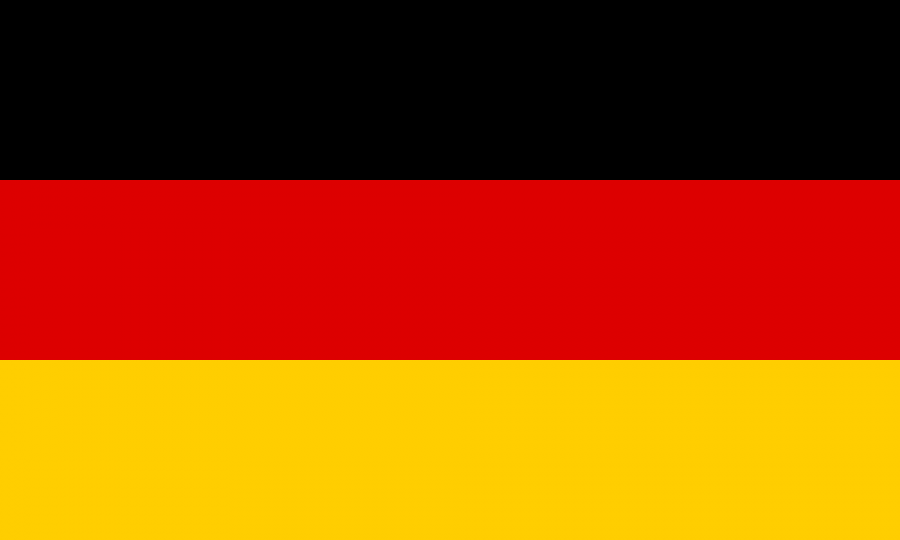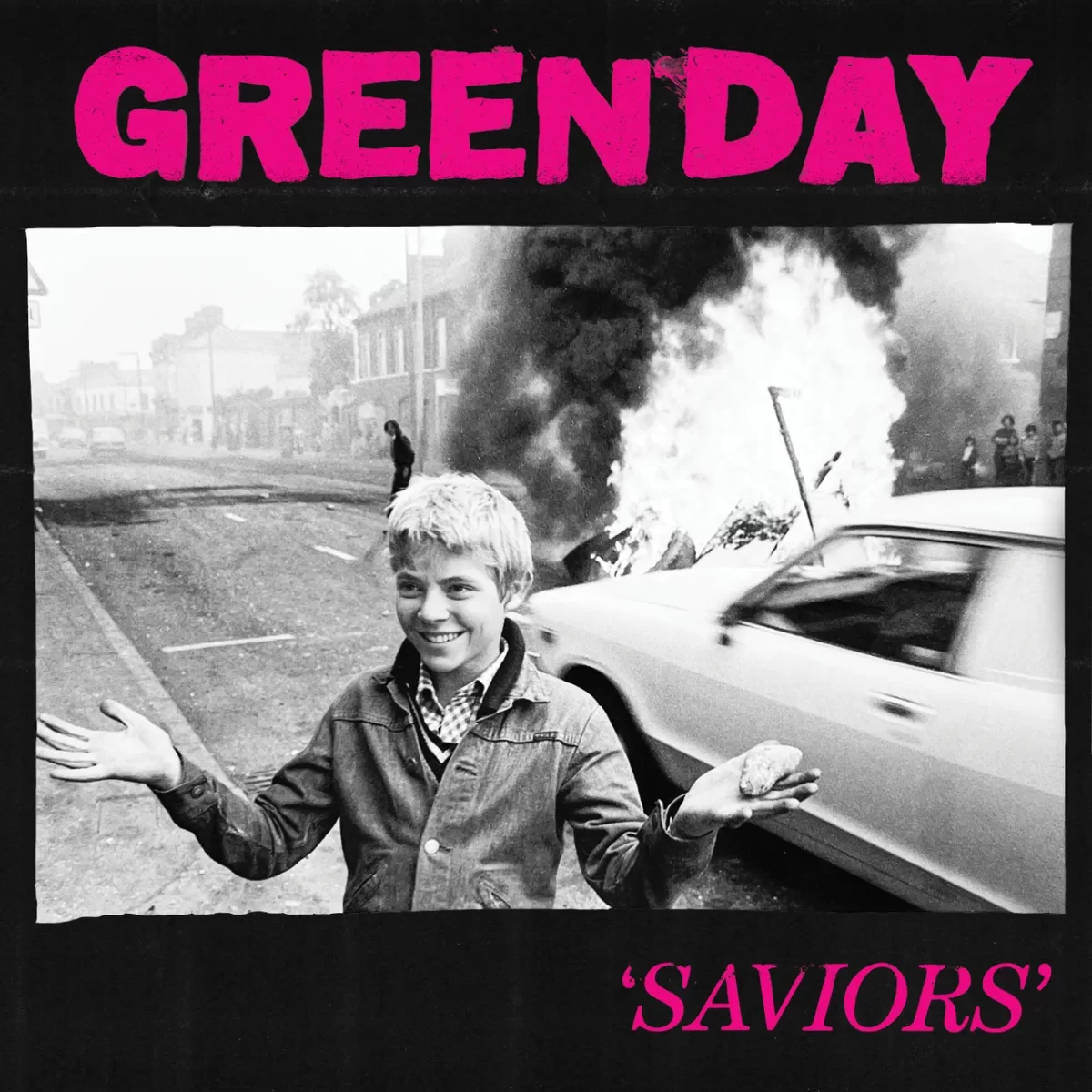Just as SDSU was undoubtedly alive with school pride, between German elections and Oktoberfest, the streets of Germany are alive with nationalism.
Oktoberfest represents tradition as people don Trachten, the ancestral clothing of the German-speaking countries, and set out to celebrate Bavarian culture, beer in hand.
However, a national trend in Germany seems to mirror that of the United States: there is a growing conservative trend in their domestic politics.
The elections were a more modern representation of Germany and its people. Among the many issues discussed were big-party politics, green economy and, of course, immigration.
The German federal election system for their local and national representatives varies greatly from the United States’ voting system.
In Germany, every voting citizen gets two ballots.
Their first vote goes toward a district representative. Within Germany, there are 16 districts and each one determines their own representative that aligns with a certain political party.
The citizen’s second vote is nation-wide and contributes to an overall proportion of votes per party. The Bundestag, or parliament, is then filled with the district representatives and proportionately represent the national political alignment.
Despite Germany’s recent discouraging of bi-party politics, two major parties have taken a strong hold over the government.
The Christian Democratic Union (CDU) lays on the conservative middle of the spectrum, while the Social Democratic Party (SPD) finds home just across the line. These two parties together have dominated politics for most of the last half-century, giving rise to dissatisfied and under-represented civilians.
Recently, new “protest” parties have also gained steam, representing a platform of citizens with a voice who want to be heard. Among these parties are the Free Democratic Party (FPD), a more conservative party mostly composed of wealthy, middle-aged voters, and Die Linke, which translates literally to “The Left,” which is what we in the United States would consider a liberal party.
Germany is also represented by a leftist, environmental cause-focused party called Die Gruene, or “The Greens.”
However, few expected the sudden arrival of the Alternative for Germany (AfD) party at this year’s election.
As the third-most popular party elected, AfD is a far-right party against current immigration and economic policy in Germany.
The group, spurred by flocks of immigrants across German borders and fueled by racist flares in the United States, gained strong momentum and scored an unexpectedly large number of voters.
While the CDU won the election, their party did not reach the majority vote and will now enter negotiations to partner with one of the other leading parties.
German Minister of Foreign Affairs and former leader of the SPD Sigmar Gabriel said the SPD will refrain from entering another coalition with the party and, instead, the center-right will choose to partner with the Green or FPD parties.
The election clearly represents this with the high rise in AfD votes, signaling protest against the typically liberal affairs of the German government.
With mixed election results, Germany has a long way to go to rebuild their parliament. Next year will be interesting as political parties work to balance high tensions in the political atmosphere.
Kalynn Slabaugh is an English major and can be reached at [email protected].
























